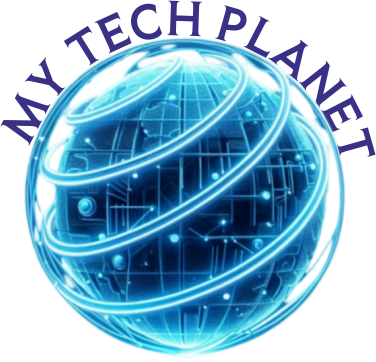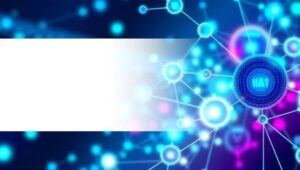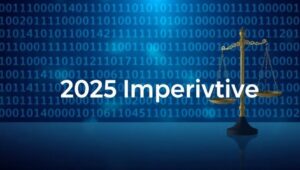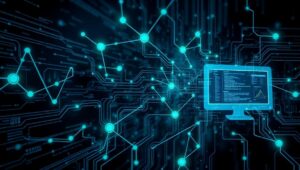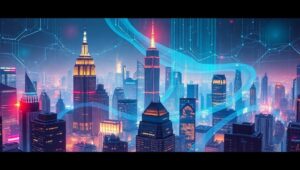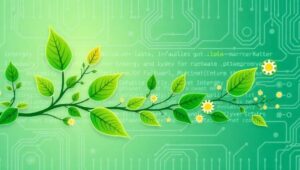June 1, 2025
Cybersecurity and Human Rights in the Digital Age (2026)
Cybersecurity and Human Rights in the Digital Age (2026) As we advance further into the digital age, the intersection of cybersecurity and human rights becomes increasingly critical. By 2026, the reliance on digital infrastructure for essential services, communication, and personal expression has grown exponentially. This reliance brings forth complex challenges regarding the protection of human rights in the face of evolving cyber threats. The Expanding Digital Landscape The digital landscape includes a vast array of interconnected devices and platforms, from smartphones and social media to critical infrastructure systems. This interconnectedness offers unprecedented opportunities for access to information and participation in
